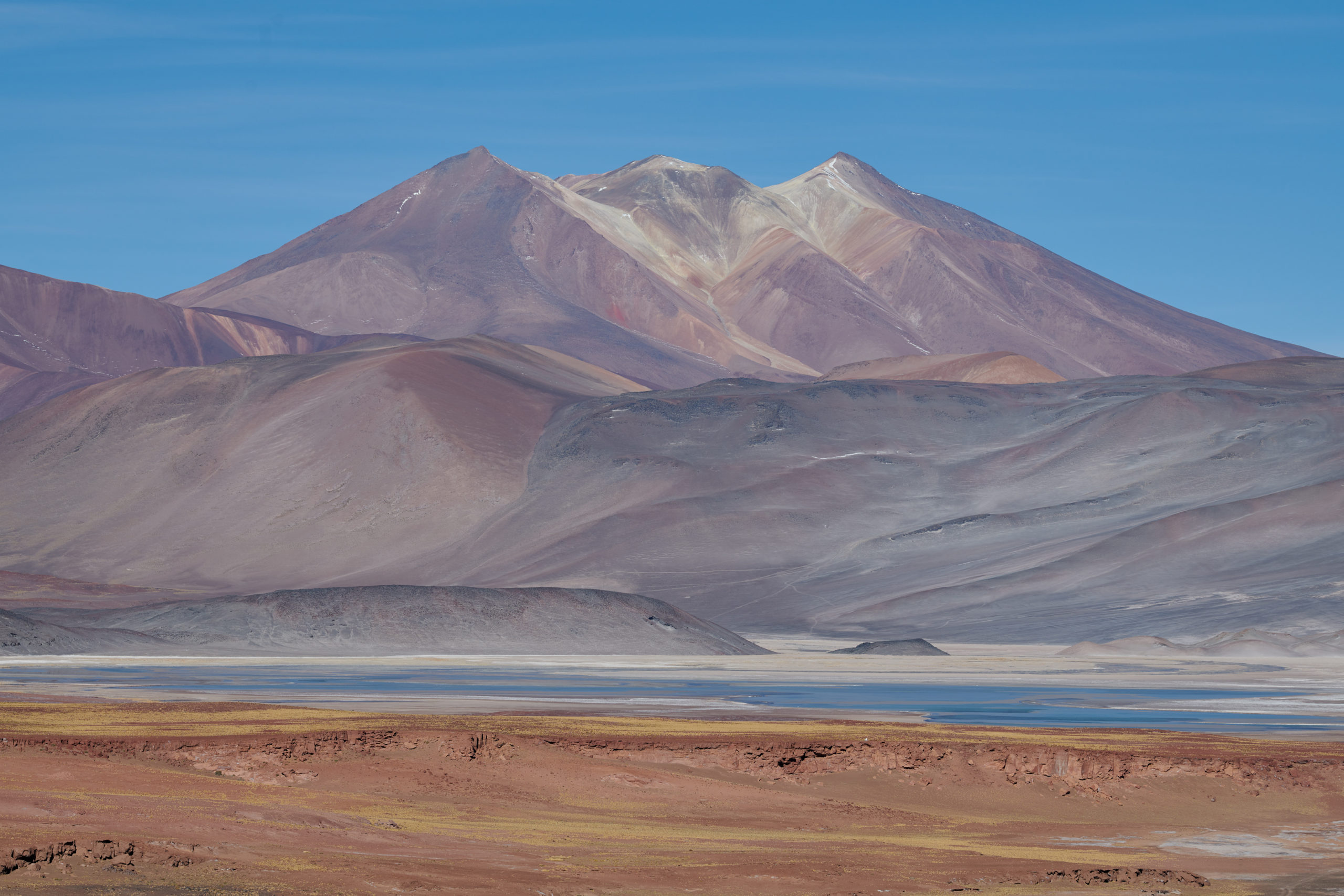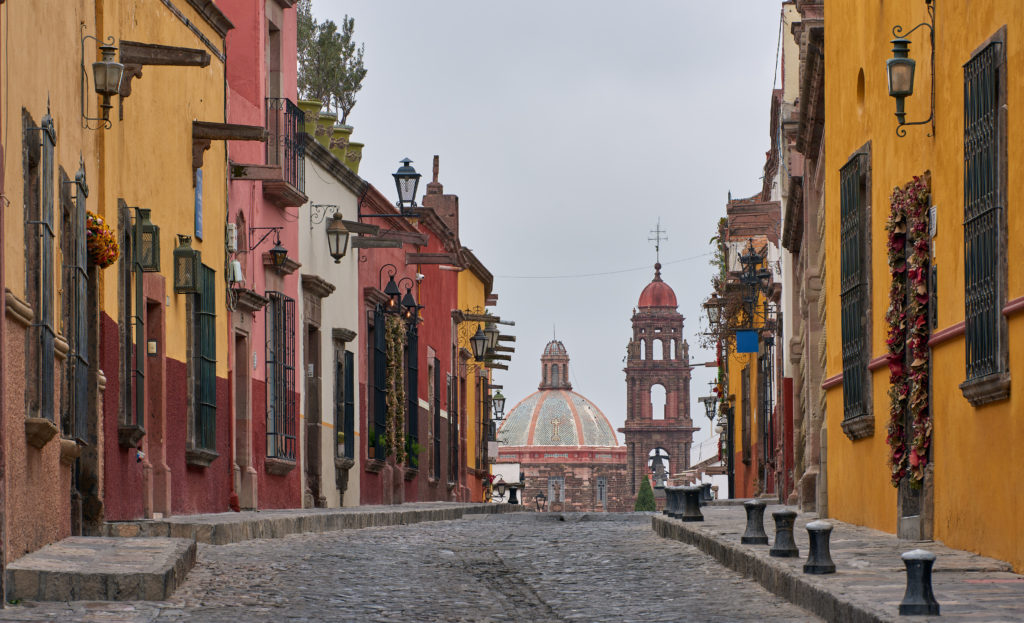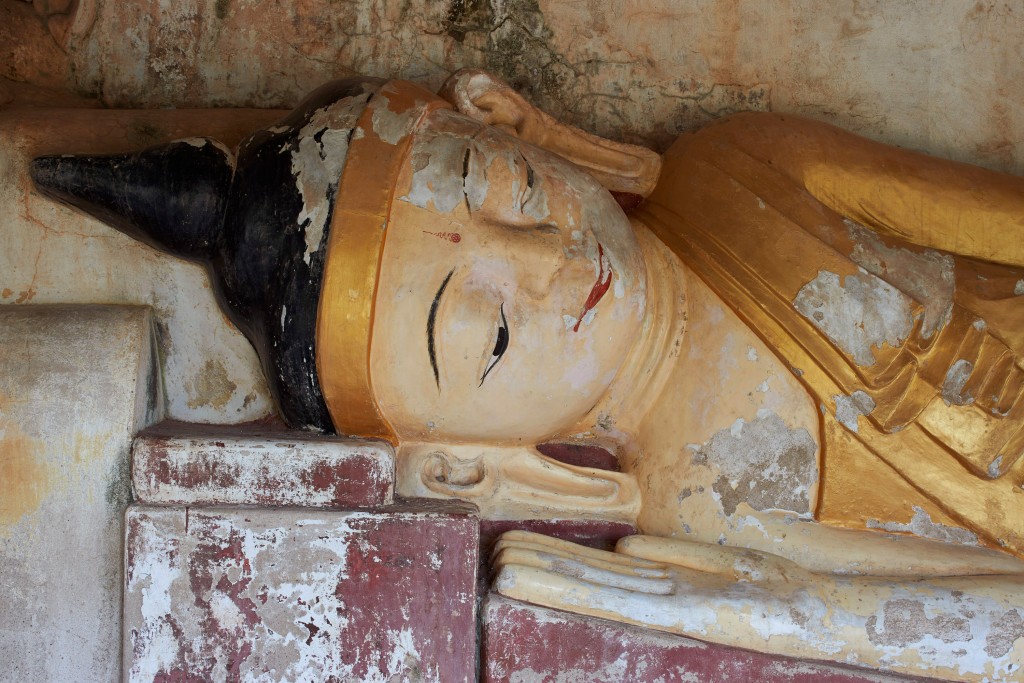
When the sun goes behind the clouds, many photographers pack away their cameras. But there is no bad light if only one finds a subject to match. Soft light is perfect for landscape photography during an overcast day or after sunset looking east (which implies shooting at “sunset point” in the morning*). Soft light is also beautiful for portraits, except perhaps for very rugged men.

